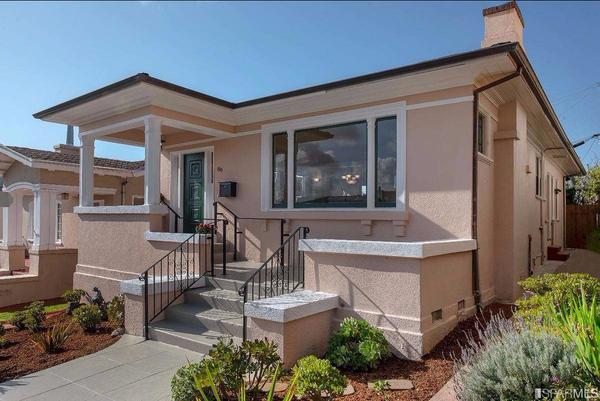How to Use Google Earth for Land Shopping
If you’re planning to invest in land or relocate to Washington State, learning how to measure property on Google Earth can give you a major head start. From sprawling acreage in Lewis County to tucked-away rural plots in Yakima, knowing how to visualize, inspect, and evaluate property remotely is a must in today’s digital-first real estate world. Whether you’re looking to build, farm, retire, or just find your private patch of Pacific Northwest beauty, Google Earth is a powerful tool that can help you make smarter buying decisions.
Why Use Google Earth to Measure Property
Before visiting a potential land parcel, you can explore it virtually using Google Earth—a free platform that provides satellite imagery, 3D terrain, elevation data, and precise measurement tools. It’s especially helpful when:
- The listing lacks detailed photos or maps
- You’re looking at large or remote acreage
- You want to check distances to roads, utilities, or neighbors
To get started, download Google Earth Pro or use Google Earth Web.
How to Measure Property on Google Earth
To measure property on Google Earth, follow these steps:
- Search the address or coordinates of the land parcel.
- Click the ruler icon (or “Measure” tool).
- Select “Polygon” to outline property boundaries.
- Click around the parcel to trace the perimeter.
- Google Earth will display total area (acres, square feet, etc.) and perimeter length.
This feature helps verify lot size against listings and county data. It’s especially useful in rural areas of Yakima, Lewis, and Clark Counties, where parcels may be irregular or only partially developed.
Tip: Compare your measurements with official property info using local GIS portals like the Lewis County Parcel Search:
https://parcels.lewiscountywa.gov
Spot Terrain Features, Slopes, and Elevation
Land in Washington isn’t always flat—and elevation changes can impact buildability, access, or drainage. Google Earth’s 3D and elevation tools let you:
- Rotate and tilt the terrain to view slopes
- See elevation gain across the lot
- Identify potential flood zones, hillsides, or ravines
This is especially useful in Clark County, where forested land may look flat in photos but actually sits on steep grades.
Analyze Location and Access
Before buying land, you’ll want to understand how easy (or difficult) it is to reach the property. Google Earth helps you:
- Trace road access or nearby trails
- Measure distance to the nearest town or utility lines
- Spot signs of easements or landlocked parcels
If you’re considering off-grid living near Okanogan or Stevens County, this step is critical—especially where private roads or winter access may be limited.
Drawbacks and Limitations of Google Earth
While Google Earth is a fantastic tool, it does have a few limitations:
- Satellite imagery may be outdated
- It won’t show property lines unless you overlay parcel data
- You’ll still need legal surveys for purchase or permits
That said, it’s a great starting point when vetting listings or narrowing your options from afar.
Conclusion: Land Smarter with Google Earth
If you’re buying rural land in Washington, take the time to learn how to measure property on Google Earth. It can reveal key insights about topography, boundaries, road access, and size—before you ever step foot on the lot.
Want to explore land listings that pair perfectly with these tools? Visit LandWatch Washington or Land And Farm Washington.
Leave a Reply




